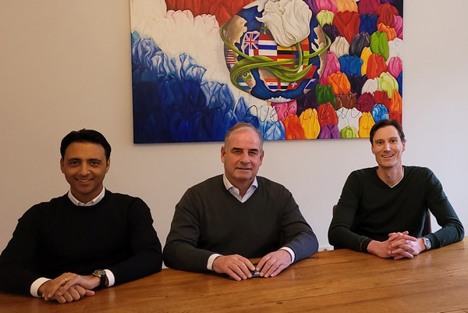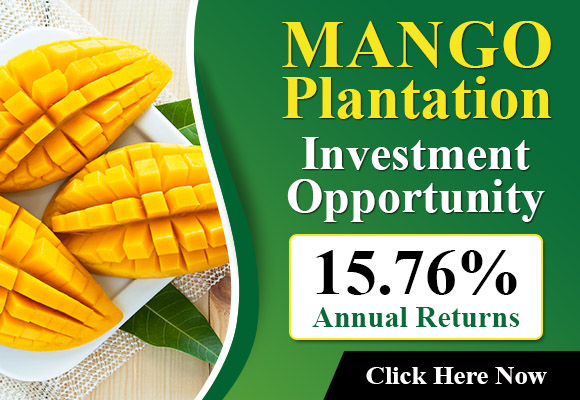The shortage of onions in the European market has resulted in an quite a different opening of the season for imports. “I’ve had this experience a few times often throughout my trading professional career. The 2018/2019 season was remarkable, but this year the situation is even more intense The madness is beginning quite early.” starts Jan van der Lans.
Van der Lans International, an Dutch company, will receive the very first onion from New Zealand on March 10. “These were picked in January before the rainy season began. For New Zealand, Cyclone Gabrielle was a follow-up to the rains of February 13-15. It even caused an emergency state to be declared. This cyclone impacted particularly hard the Hawkes Bay area – also an important region for the production of apples specifically severely. There was a shortage of onions in New Zealand. New Zealand onion supply was insufficient due to the lack of cultivation and there had been lots of rain over the autumn.”
“[In the middle of February”, it’s not easy to calculate, but we’re expecting 30% less supplies coming from New Zealand. The European supplies are extremely limited and this is resulting in higher costs. Dutch export numbers are excellent when you take into account that the overall production was over 17% smaller. Market madness is restricted to onions that are yellow; however, price isn’t affecting selling red onions at all. They are less expensive than the yellow ones and nevertheless plentiful. Spain has been the first country to start paying high prices due to the shortage of onions particularly the size 70+ millimeter category. Spain has been increasingly buying onions direct through New Zealand and South Africa,” says Jan.
“We’re trying to fulfill orders using onions from other countries however, we’re also dealing with more pirateswhich do cost of onion nothing to. Furthermore, nations like Argentina as well as Chile are also experiencing lower harvests. The harvest is currently coming from South African onions, and I’ve heard that some market players have begun imports from Egypt beginning in February. they begin late. It’s not worth destroying the onions by picking they are too young to obtain a higher cost. Nobody wants onions that are bad.”
 Andrea Candiano, Jan van der Lans en Thijs Terwindt.
Andrea Candiano, Jan van der Lans en Thijs Terwindt.
In the past, specifically German supermarkets have in the name of ‘local-for-local’ started to shy away from the importation of onions in the early part of the season. The situation has completely changed. “We’re now friends,” Jan laughs. “Everyone is eager to launch programs. Ideally, they should be in a flexible manner. Since it’s a buyer’s market, we are able to set the terms.”
To Jan At the very least it’s a unforgettable season last year: he has decided to sell most part of his stake to co-workers, Thijs Terwindt and Andrea Candiano. “I’ll remain on the sidelines but am passing the baton over to the team’s new leadership who I trust with complete confidence. First, I’d like to bring this unique season of onion to a satisfying end,” he concludes.
More details:
Jan van der Lans
Van der Lans International
Gerrit van der Veenlaan 18
3743 DN Baarn
Tel: +31 (0)35 642 26 22
jan@vanderlans.com
www.vanderlans.com
Source: The Plantations International Agroforestry Group of Companies
